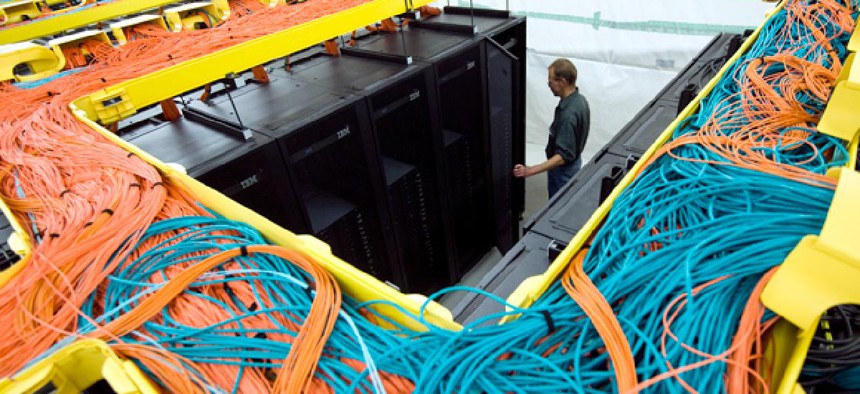Intel Community Seeks the Next Big Thing in High Powered Computing

The SuperMUC, the fourth fastest computer in the world Lennart Preiss/AP
IARPA is on the lookout for more powerful computers that burn less energy.
The research wing of the U.S. intelligence community is looking for new and innovative supercomputing technologies that can provide substantially more computing power while expending less energy, solicitation documents show.
The Intelligence Advanced Research Projects Activity, or IARPA, is also interested in new methods for evaluating computer performance that go beyond measuring “floating point operations per second” or FLOPS, according to the request for information posted earlier this month. FLOPs are the standard measurement for how many operations a computer can perform in a set time frame.
Those new methods may focus on a computer’s speed at performing other sorts of operations or on its energy efficiency, IARPA said.
The current top-performing computer systems can deliver 17.6 petaFLOPs of computing power while consuming 8.2 megawatts of electrical power, the RFI said. The Energy Department’s Exascale Computing Initiative expects to achieve computing power of one exaFLOP while consuming about 20 megawatts of power within a decade.
A petaFLOP is 10 FLOPs to the 15th power. An ExaFLOP is 10 FLOPs to the 18th power.



